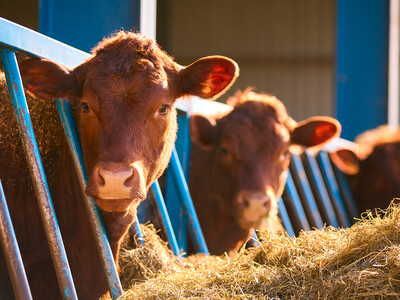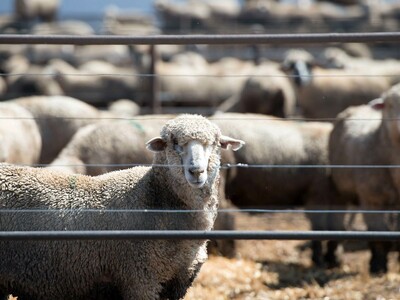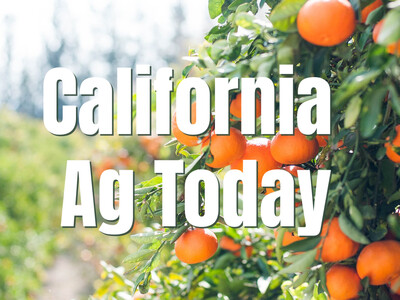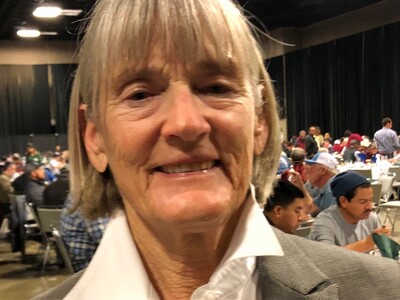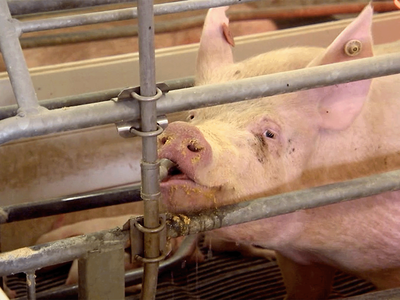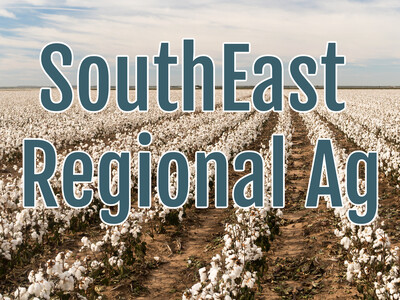Modernizing Poultry Inspection
Modernizing Poultry Inspection. I’m Greg Martin with today’s Line On Agriculture.
The ag industry has been under increasing pressure to make sure they are producing a good and safe food product. Currently the poultry industry is being looked at and USDA’s Under Secretary for Food Safety Dr. Elisabeth Hagen says it is important to modernize the inspection process.
HAGEN: This is verifying that food safety systems and plan are doing what they’re supposed to be doing. Record review, looking at sanitation, looking at testing data, testing results, taking samples. We have to modernize. It’s 2012. We know a lot more about food safety than we did in the 1950’s when our poultry statute was written and we haven’t made a whole lot of changes to what we do ever since then, so if we can do things better than we’ve done them before, we can further our mission we can protect more consumers and we can do so more cost effectively, we have an obligation to do that.
There has been some talk about the privatization of the inspection process and Hagen responds to that notion.
HAGEN: Plain and simple, absolutely not privatizing poultry inspection. We have a statutory obligation to be in every plant, every day for the entire shift.
There are some limitations when it comes to the inspection process and one of those is the speed at which inspectors can work. Hagen talks about the line speed aspect of the new poultry inspection modernization rule.
HAGEN: Currently line speeds are capped at 140 birds per minute and that cap is related to how quickly and how well our inspectors can do their job at that speed. With this new system where we have company employees sorting out the quality defects and only those birds that are acceptable for inspection - reaching the inspector, we can do that at a faster speed. So currently they’re capped out at 140 birds per minute and with this rule that will rise to 175 birds per minute as the maximum speed. Not everybody will run at that speed but they will be permitted to do so under this system if they elect to join it.
Hagen explains where the country’s poultry inspection program has been and the direction it’s going.
HAGEN: We’ve been doing this in a pilot program for over a dozen years. This is not new and we’ve been able to show in that pilot program that the products coming out of those plants are as safe as products coming out of other plants and in many cases they have lower levels of contamination and the plants are performing better across multiple standards. So we’ve got a lot of experience here. This is about food safety. This is about modernization and doing our job better than we did before.
That’s today’s Line On Agriculture. I’m Greg Martin on the Ag Information Network.





